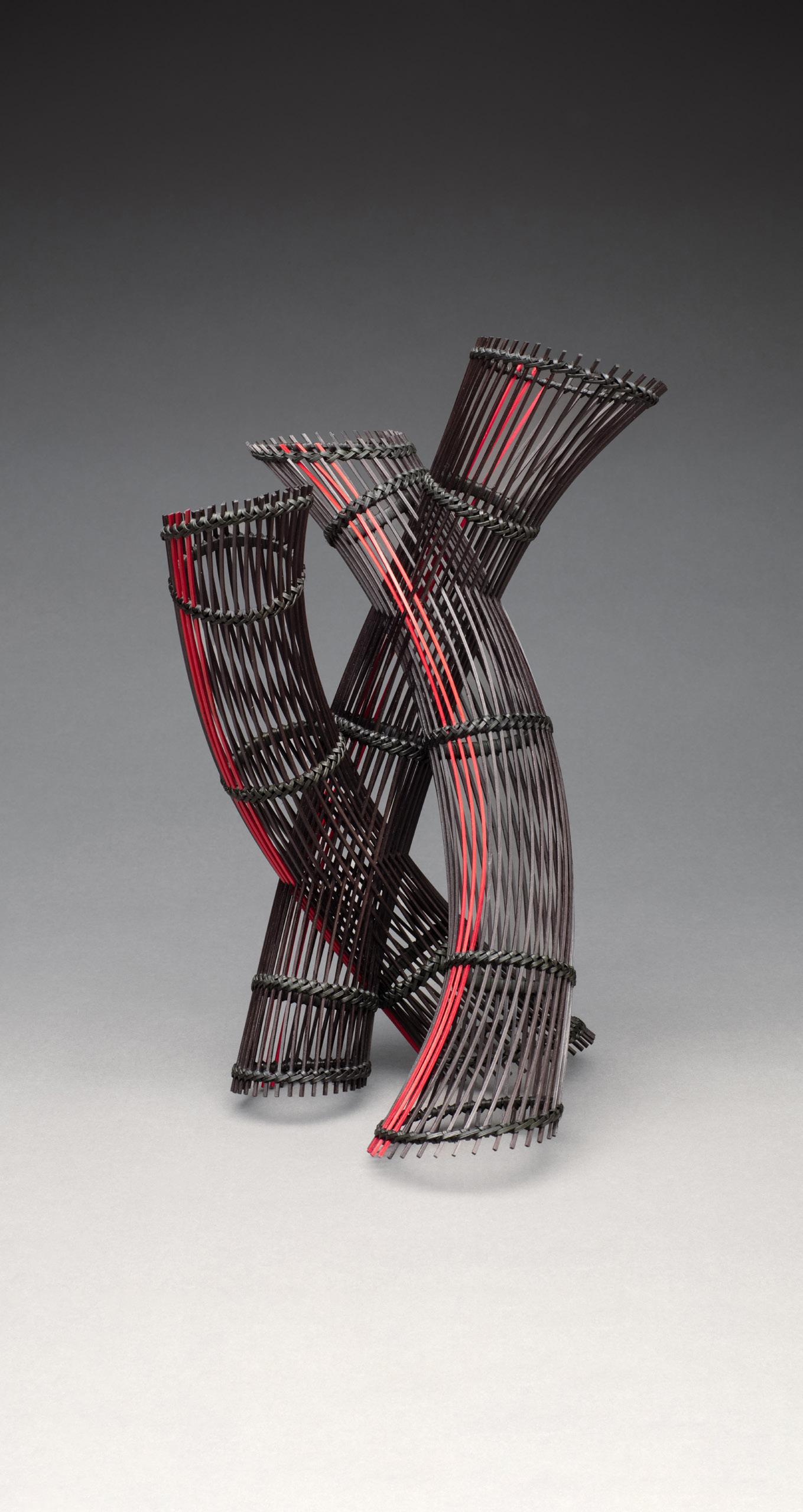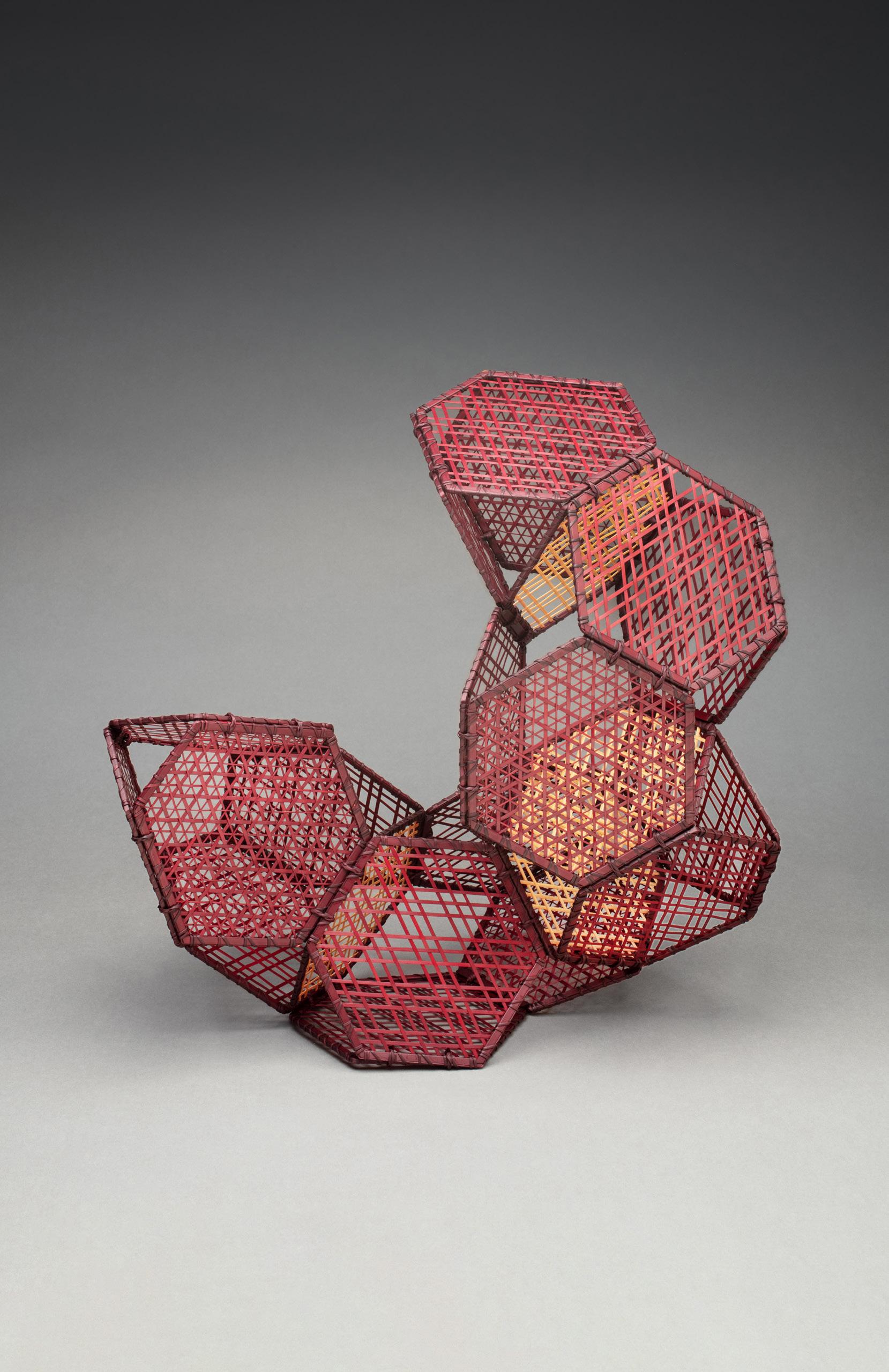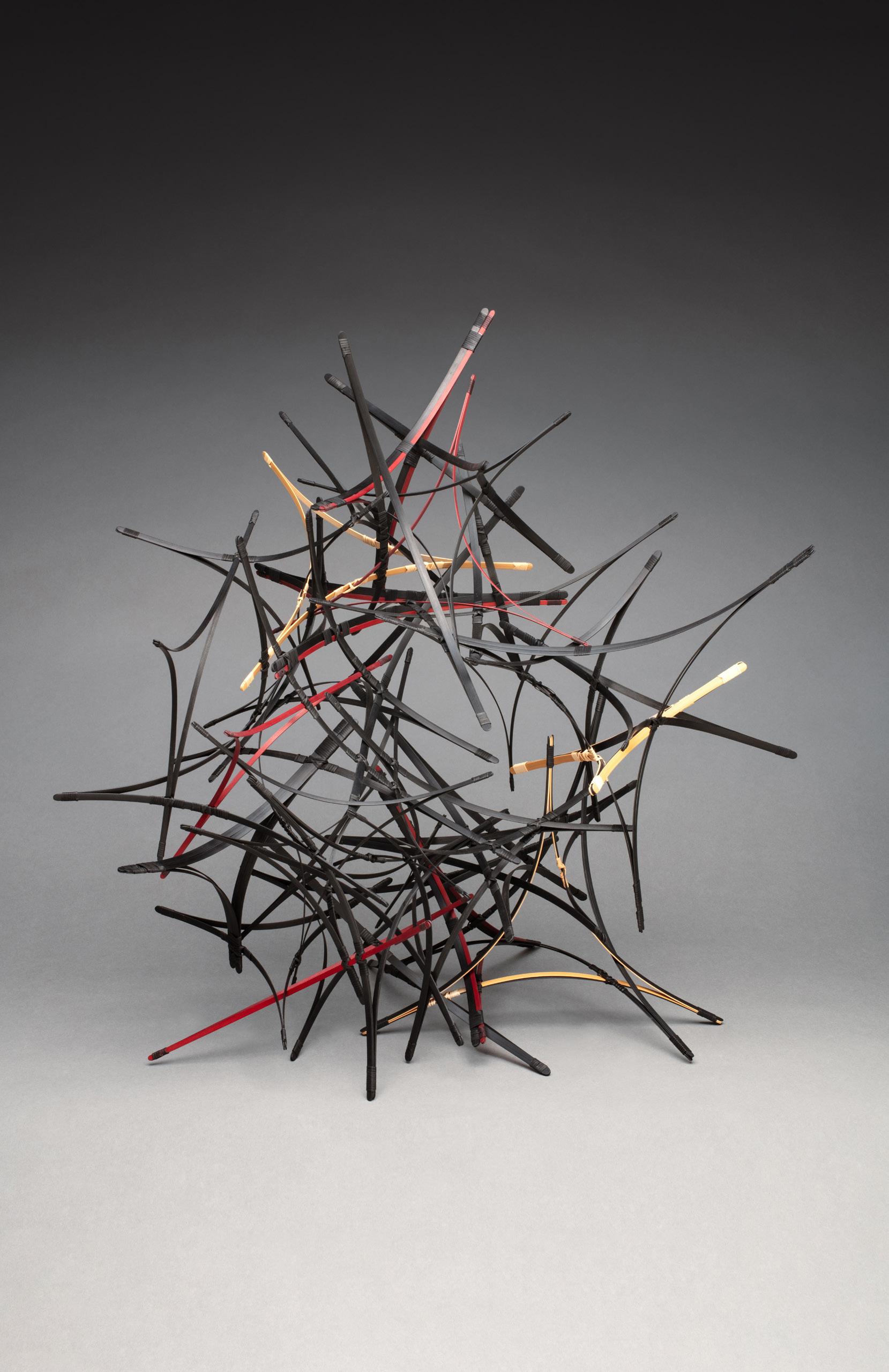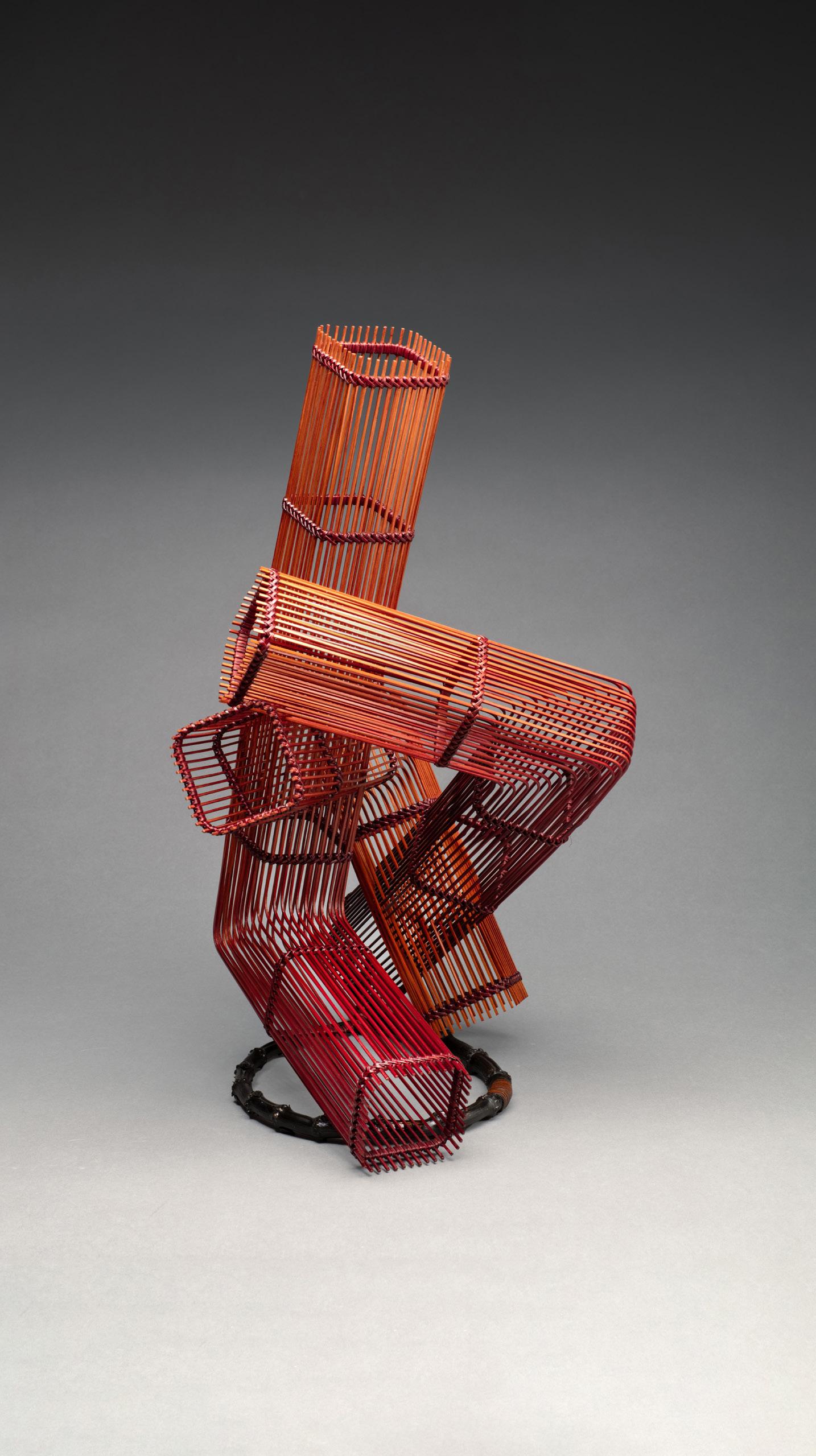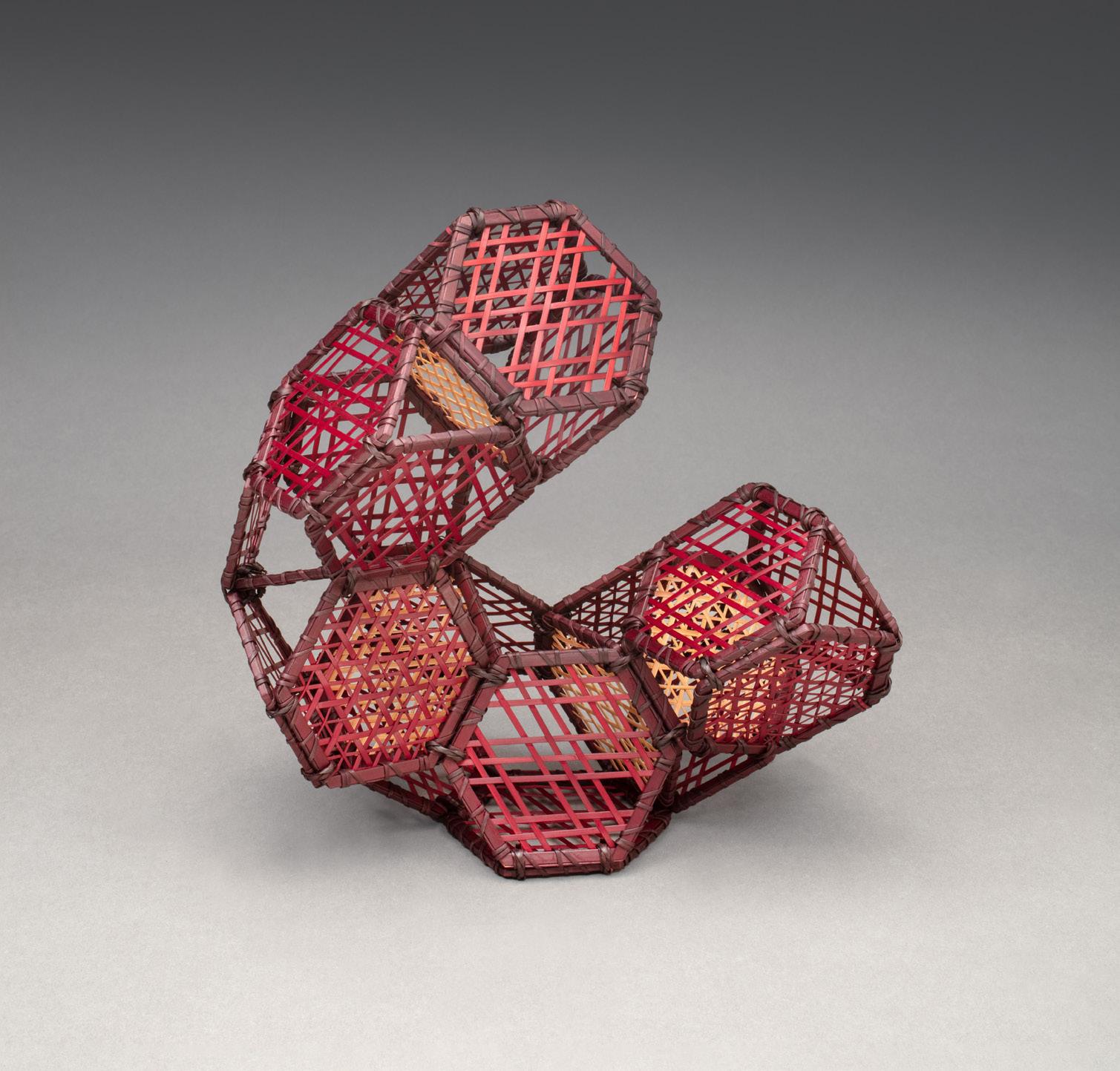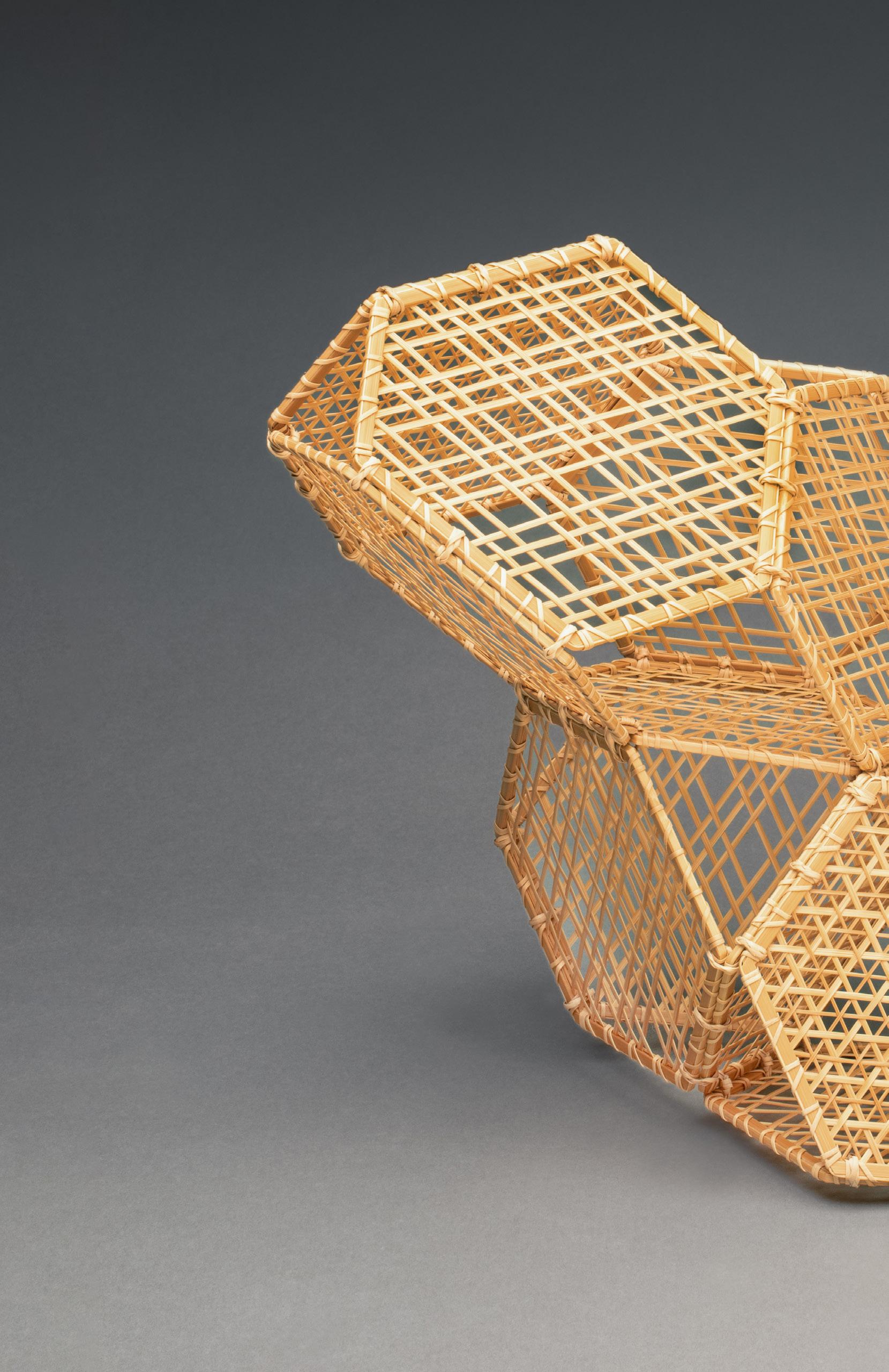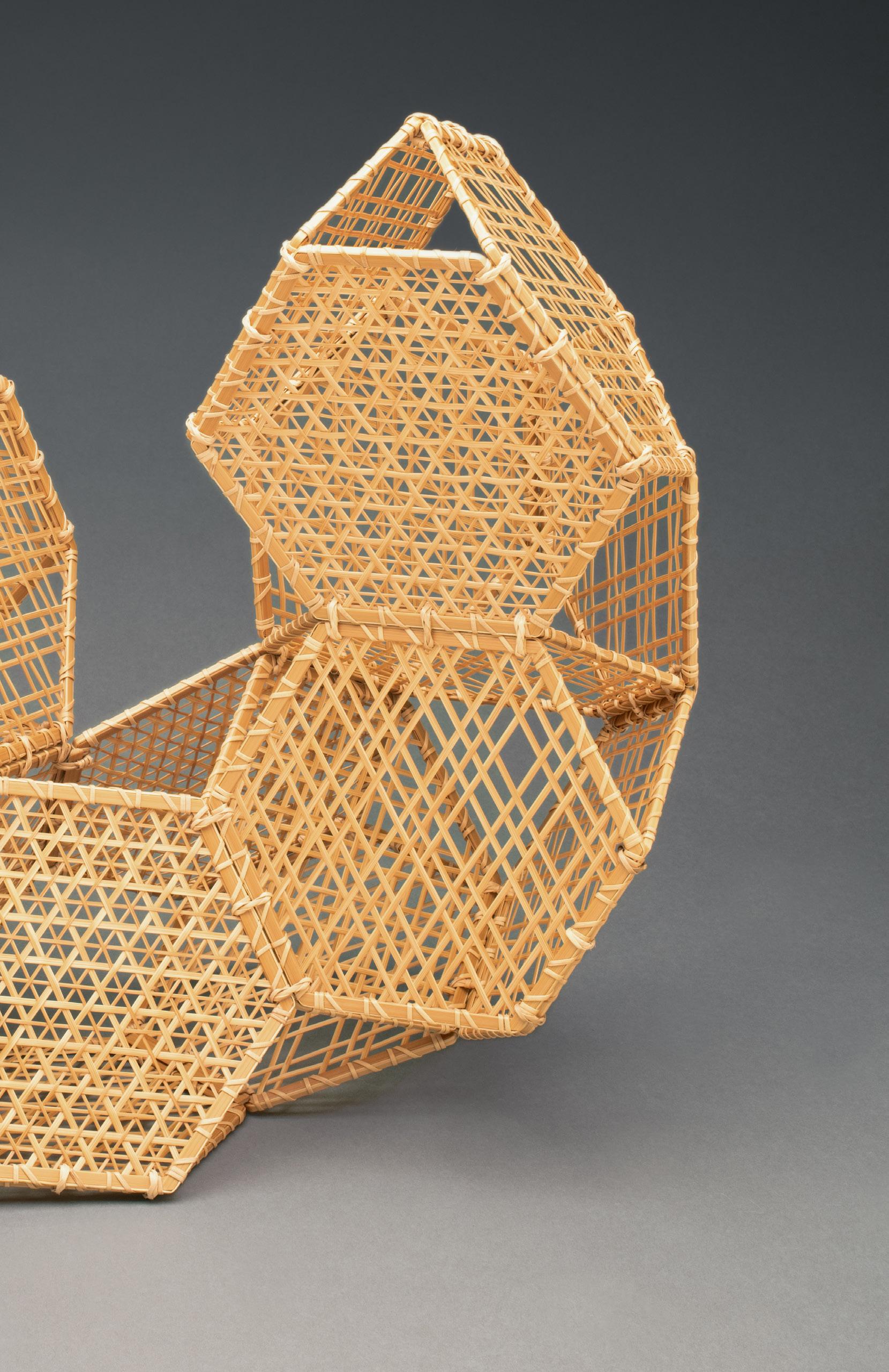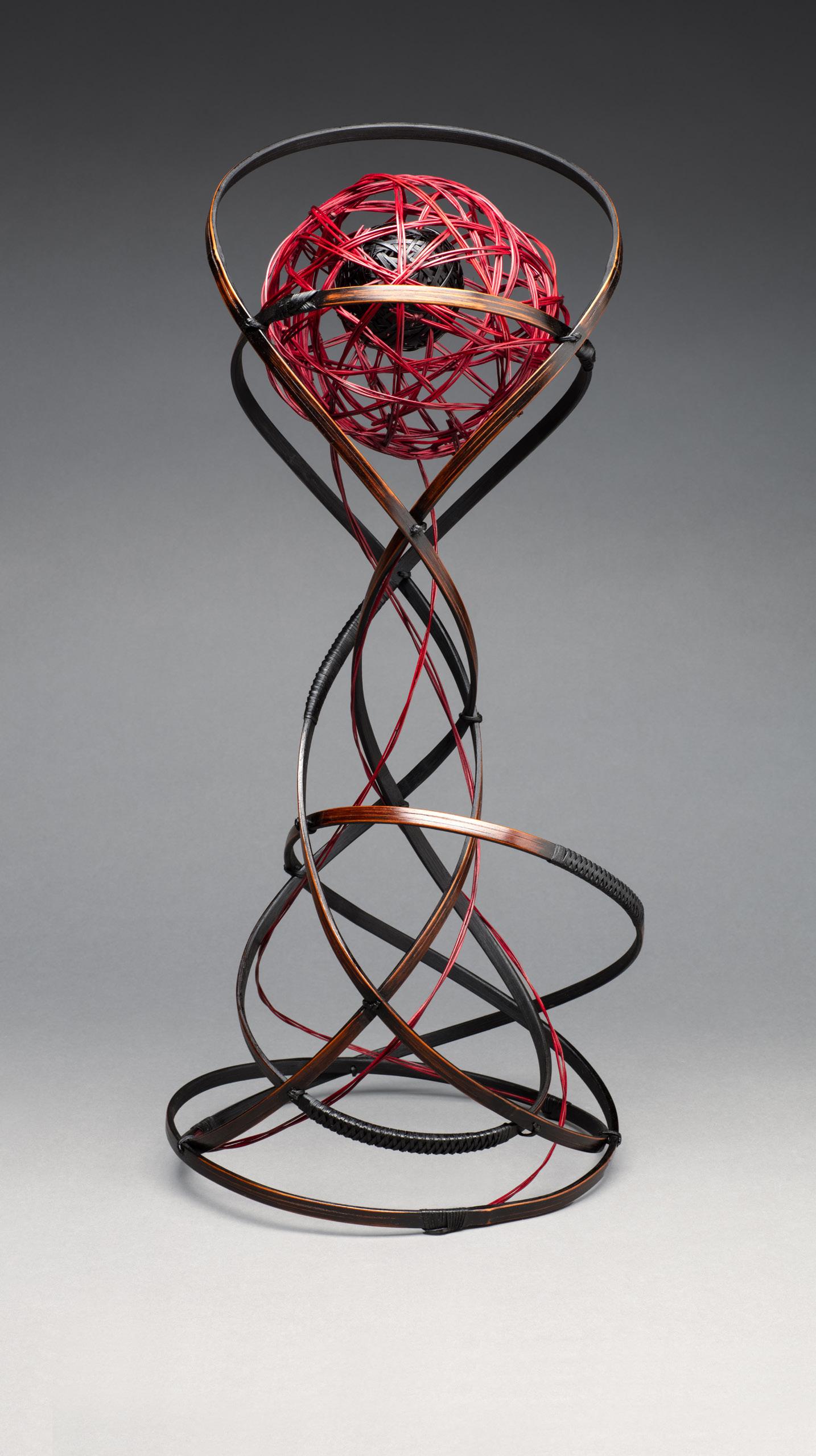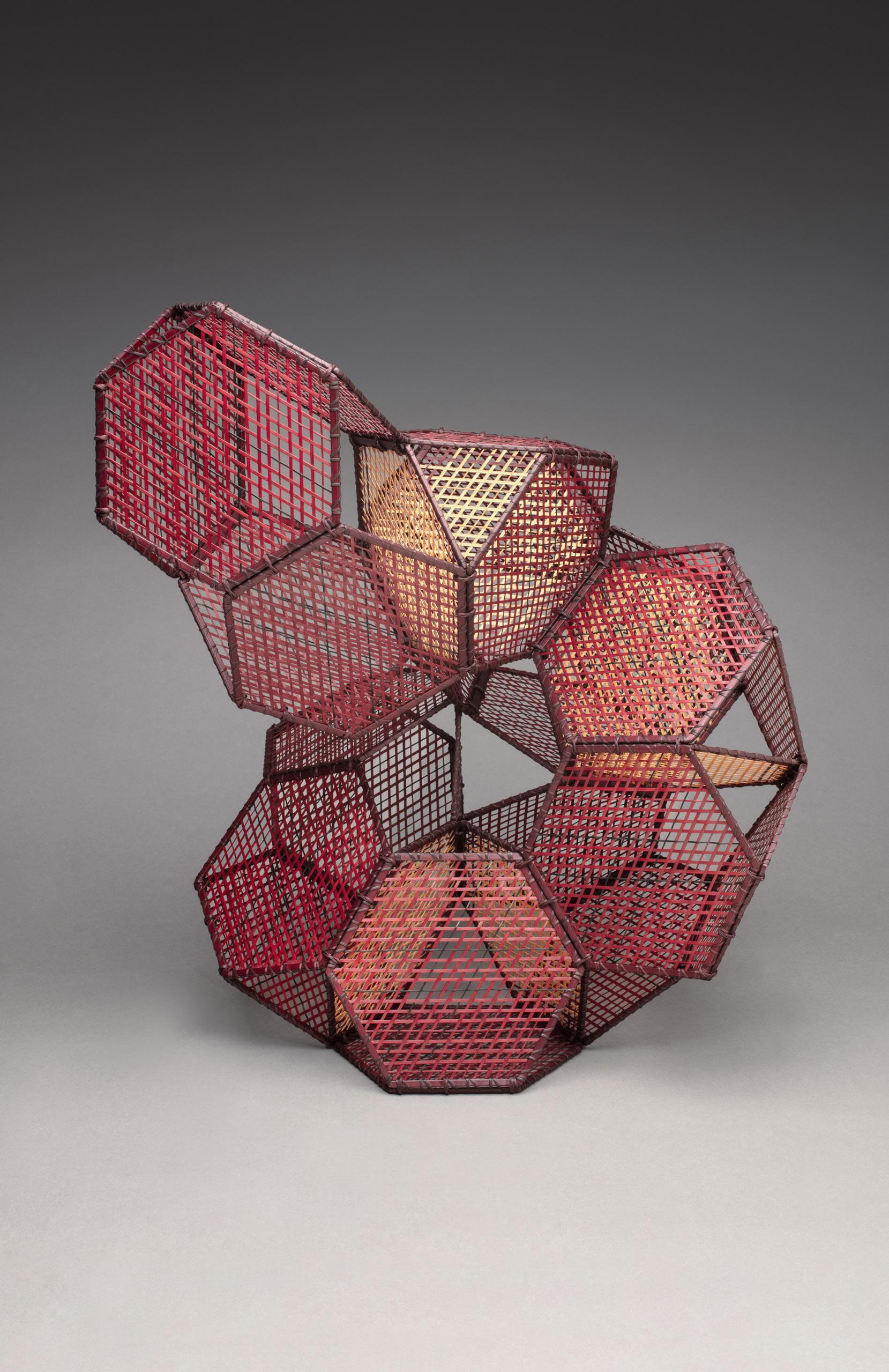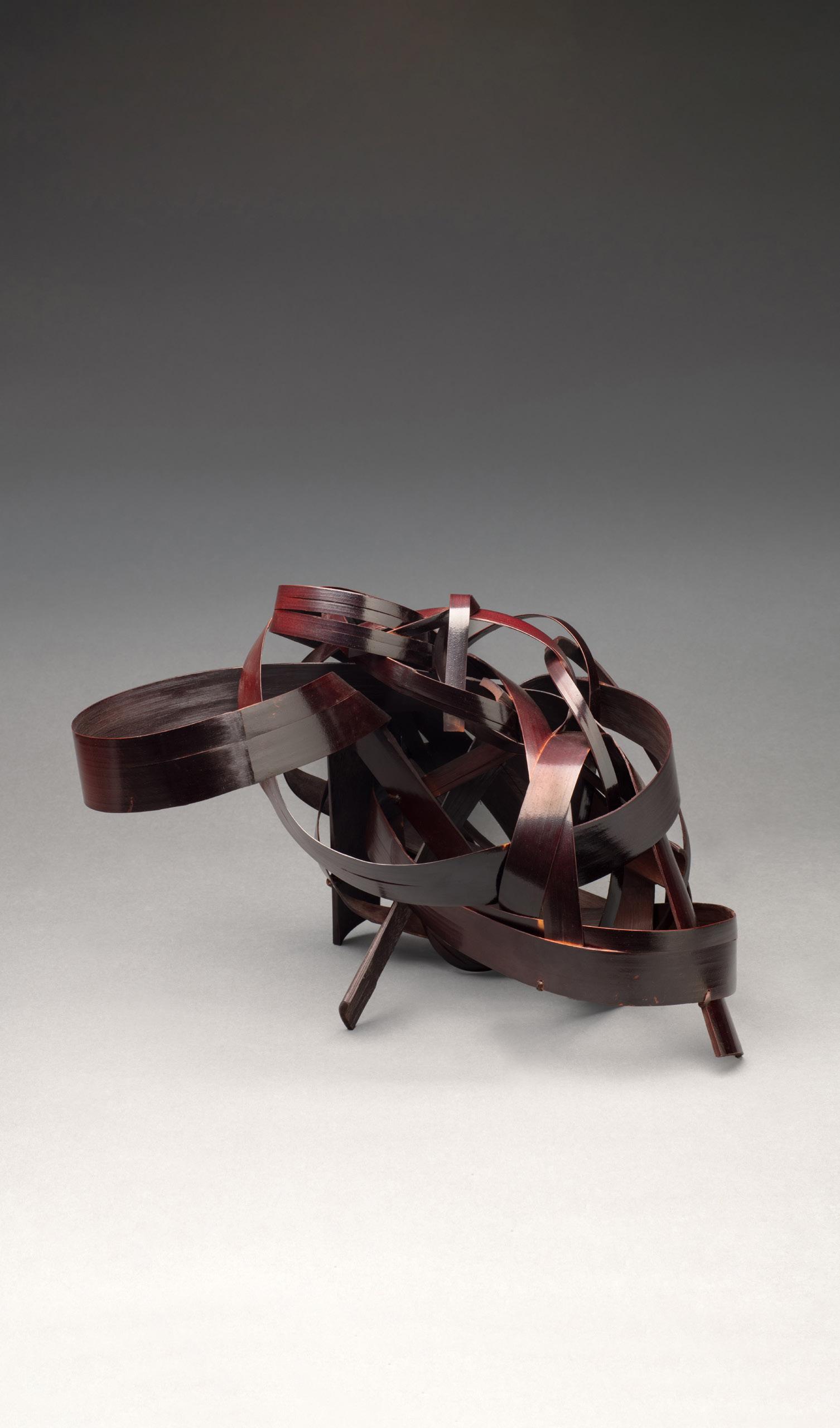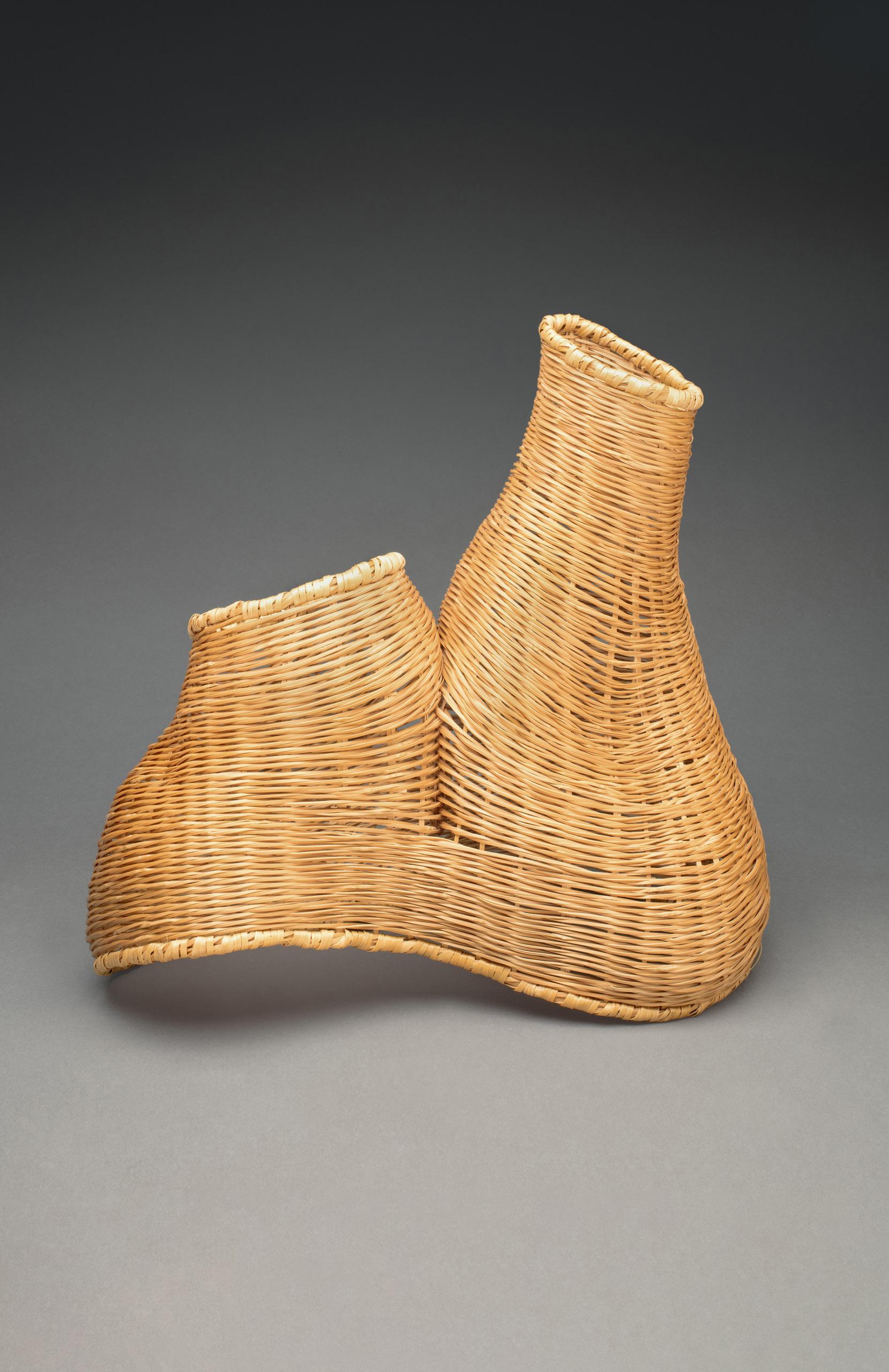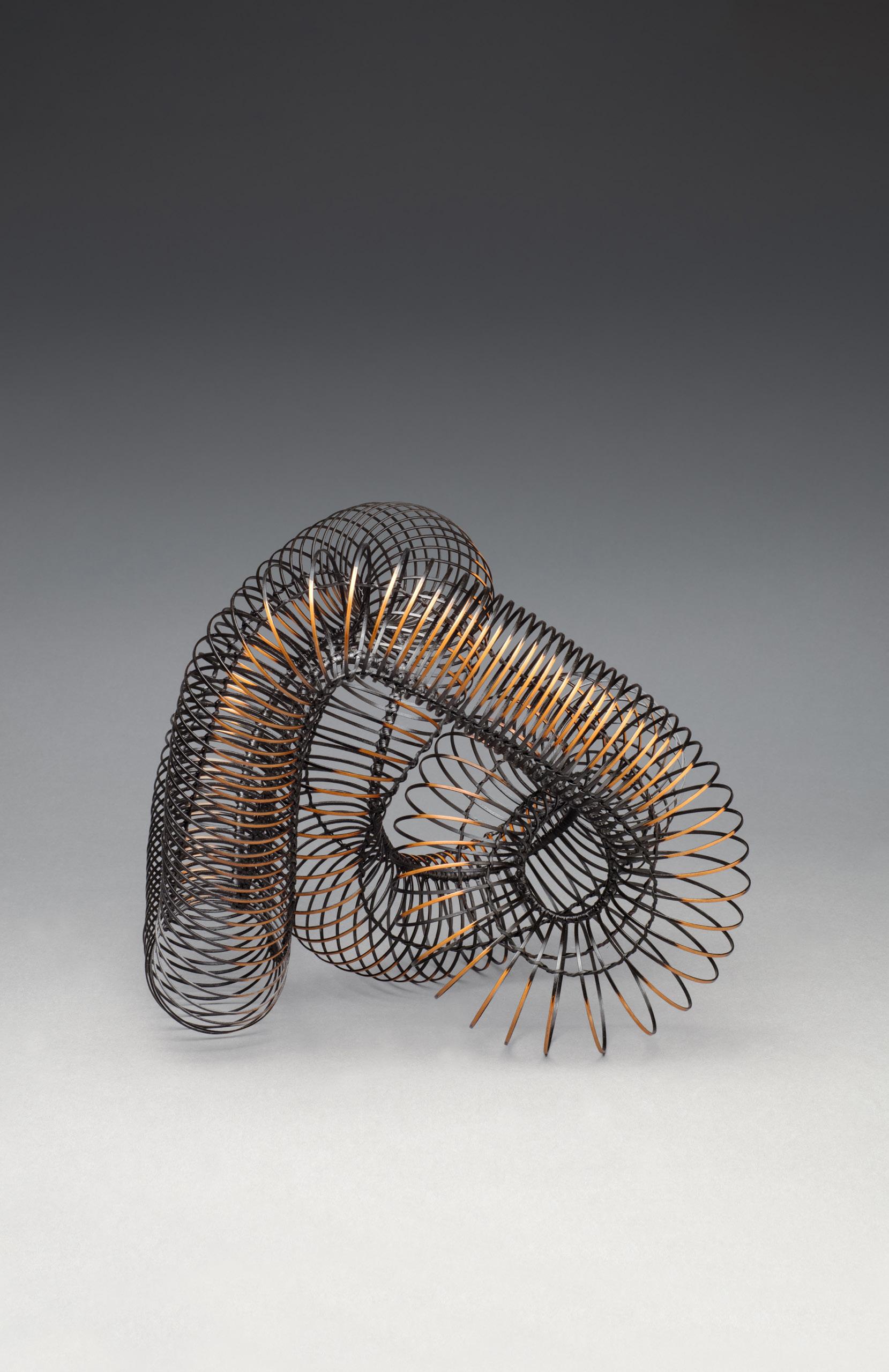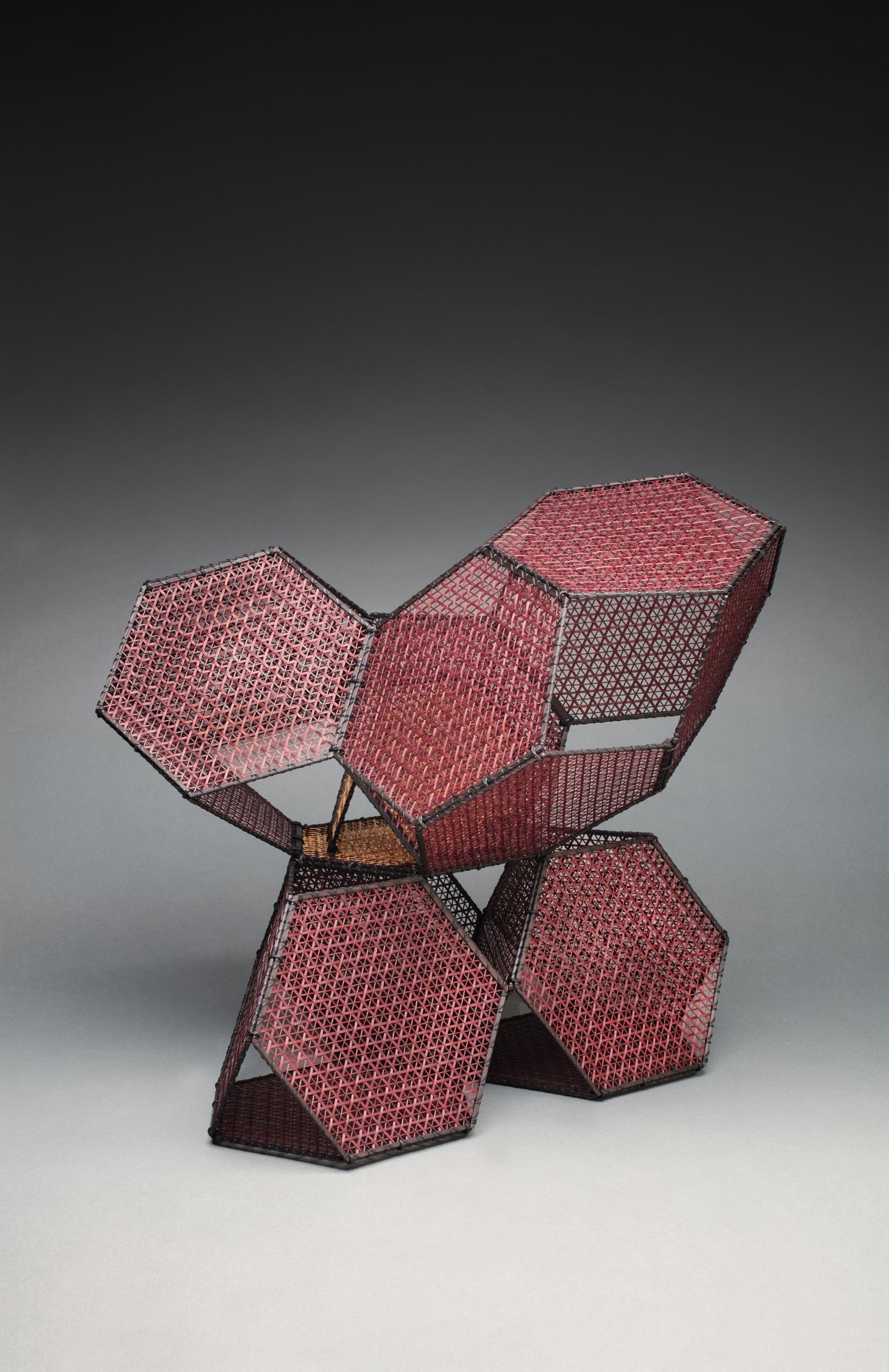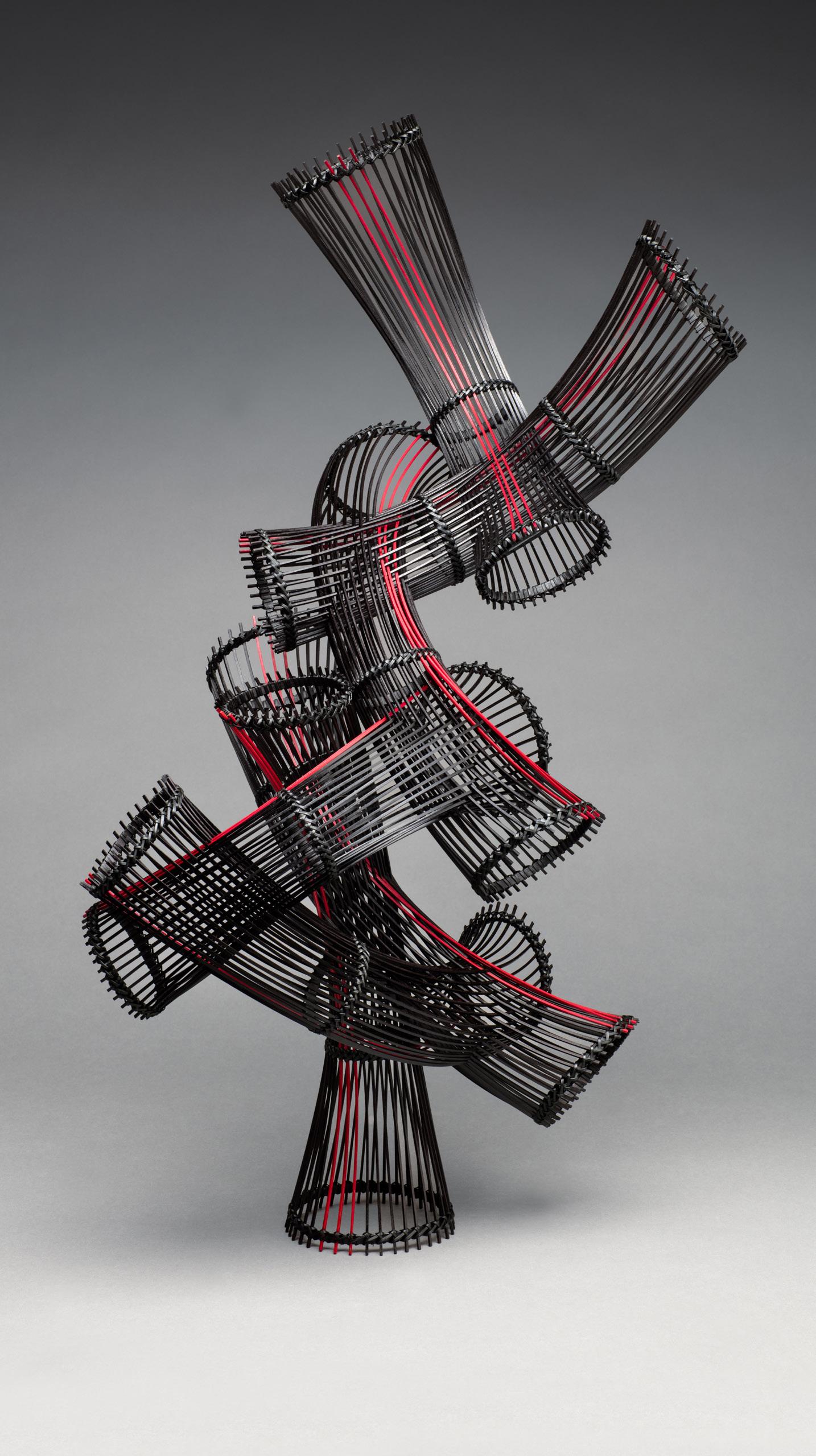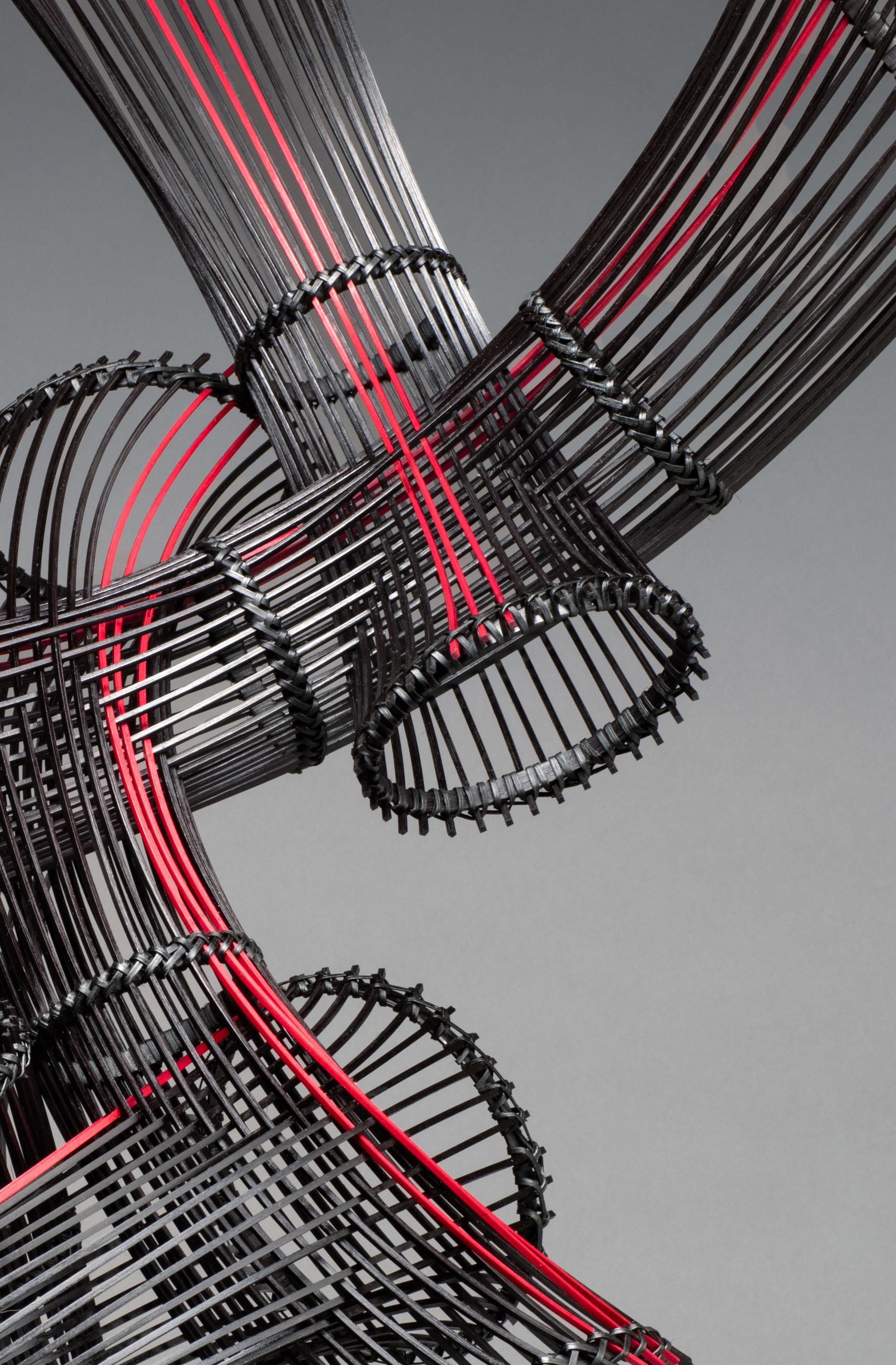N AKAMURA • WATANABE
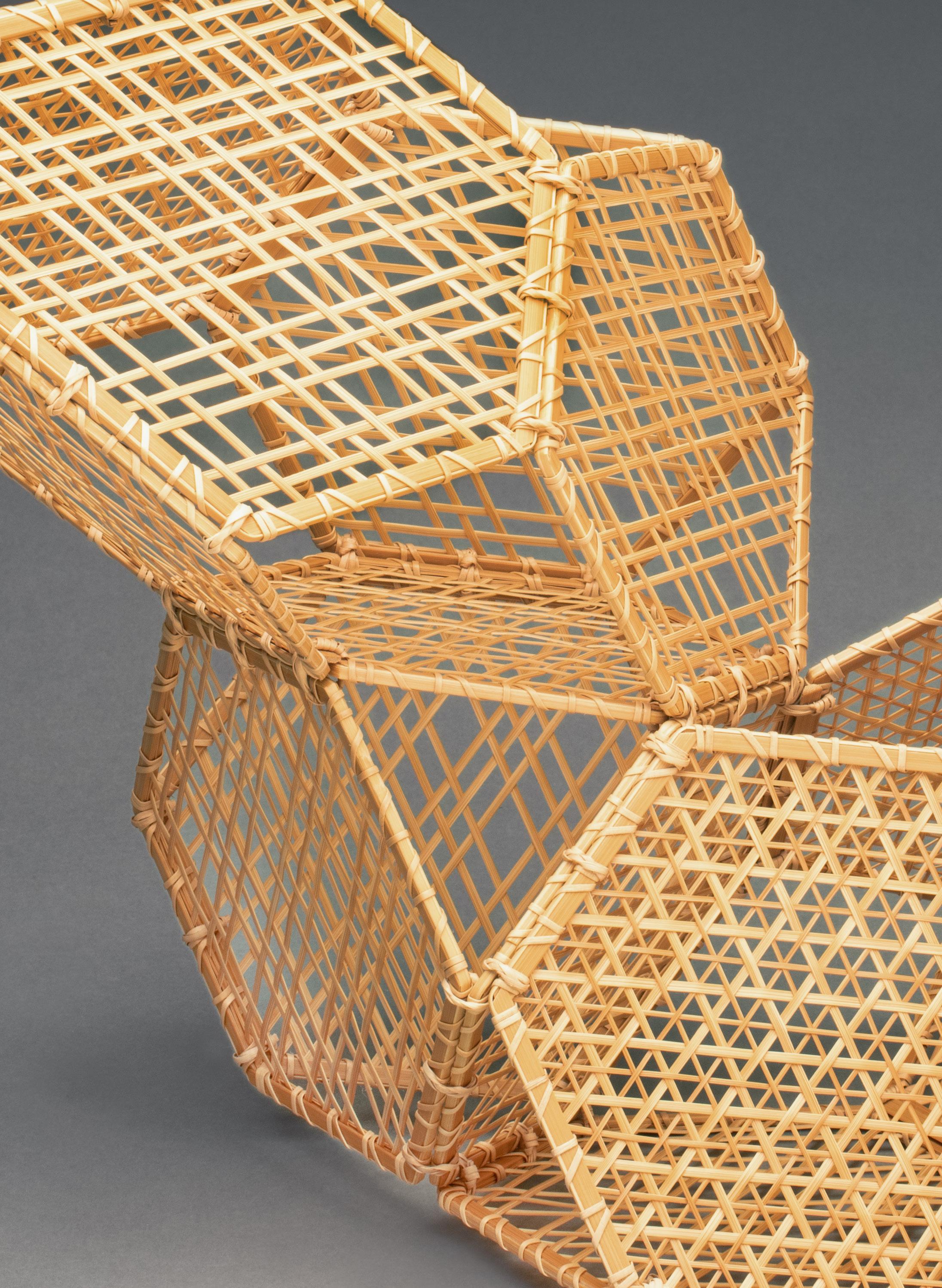
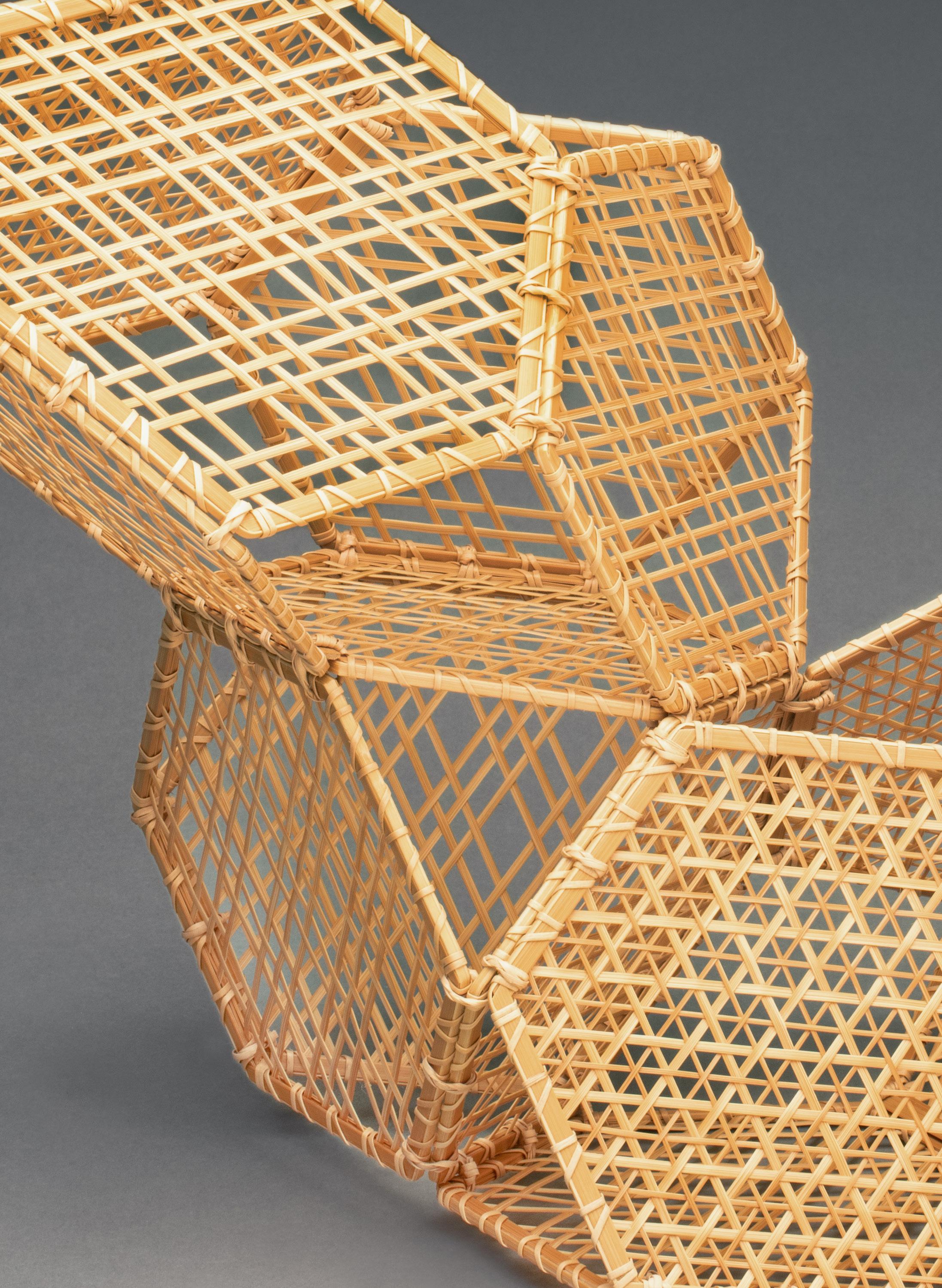

Watanabe Chiaki and Nakamura Tomonori both left conventional careers in midlife to pursue a dream of making artwork with their hands from a material of their everyday life—bamboo.





Watanabe Chiaki and Nakamura Tomonori both left conventional careers in midlife to pursue a dream of making artwork with their hands from a material of their everyday life—bamboo.

Born 1969
Kofu City, Yamanashi Prefecture
In 2007, after 14 years working as a social worker for one of Japan’s Red Cross hospitals, Watanabe began to study the fundamentals of bamboo craft. The next year, two eminent artists Kawano Shoko, a flower basket master, and Honma Hideaki, a pioneering sculptor founded a school for bamboo art on Sado Island. This island has a storied history as a place of exile for dissident priests and shoguns, is studded with ancient temples and shrines, and is heavily forested in bamboo. Watanabe was in the original student cohort and after two years of study, he chose to focus on sculpture and became a student of Honma Hideaki in 2010. His individual style of intersecting line construction emerged quickly, and Watanabe became a professional artist in 2012, now with many exhibitions and awards to his credit. In 2014, he moved back to his home prefecture, Yamanashi, in the shadow of Mt. Fuji. In 2018 and 2019, he shared his expertise internationally by lecturing at the Taiwan National Center for Craft Development and Research. In 2022, he held a solo exhibition at the Nanbu Art Museum. He is now an artist of many styles and just last year won the Excellence in Sculpture Prize from the Next Generation Bamboo Art Prizes.
Born 1965
Obihiro City, Hokkaido
Nakamura Tomonori spent nearly two decades working as an IT engineer before making a dramatic career change to pursue bamboo sculpture. In 2010, he moved to Sado Island to study bamboo art at the newly founded SADO School. Nakamura’s first explorations in bamboo sculpture were geometric and structural. He used one repeated structural unit, a hexagonal woven plaque, to create architectural sculptures that changed remarkably depending on the angle of view. While still a student, his work began gaining recognition, winning the Mayor’s Prize at the Sado City Art Exhibition and multiple awards at the Niigata Prefectural Art Exhibition and the Modern Craft Art Exhibition. In 2013, he graduated and became a direct student of renowned bamboo sculptor Honma Hideaki. As Nakamura’s style evolved, his modular constructions have grown more fluid and improvisational. His sculptures have been widely recognized and exhibited, including in Nitten, Japan’s most prestigious national art exhibition, where his work has been accepted repeatedly since 2013. Lately the artist has started weaving organic sculptures that that signal a new direction in his work. Island life agrees with Nakamura and he resides on Sado Island to this day.


My work uses traditional techniques from Japan’s long-established bamboo craft art tradition, while aiming to establish bamboo craft art as a contemporary fine art. By taking bamboo, a material that has long been an important part of daily life in Japan, and using it to present unconventional and contemporary forms, I hope to contribute to the recognition of bamboo’s artistic value and the discovery of new possibilities.
When people think of traditional bamboo products in Japan, they often imagine baskets, colanders, flower vases, or tea ceremony utensils. However, while drawing on the techniques of this cultural tradition, I am committed to creating original works as contemporary art.
I am particularly conscious of the concept of “line” when I am creating my work. I make use of the natural elasticity of bamboo to pursue forms that have undulation and movement. Line-based works become translucent, and at the same time can possess the added beauty of shadows cast by light, allowing the piece to express two kinds of beauty: the physical form itself and its shadow.
Wormholes that may connect distant places in the universe, the lines of force in a magnetic field, spirals, intersections, sequences of spheres or circles, spinning objects, etc., are some of the various types of lines that serve as the source of my inspiration. From a single line, endless forms can be created, and as these lines cross and connect, they embody the central theme of my work: giving form to the bonds that link all things. I hope that, through my work, people will feel the power of the bonds that continue to connect us through lines. I would be happy if seeing the beauty of lines drawn with bamboo and the shadows they create would allow viewers to experience a sense of peace and joy. Moving forward, I will continue to pursue my expression of “lines drawn with bamboo” through a wide range of experiences and dedicated effort.
n Watanabe Chiaki
Sphere, 2024, 19 × 17 × 12.25 inches
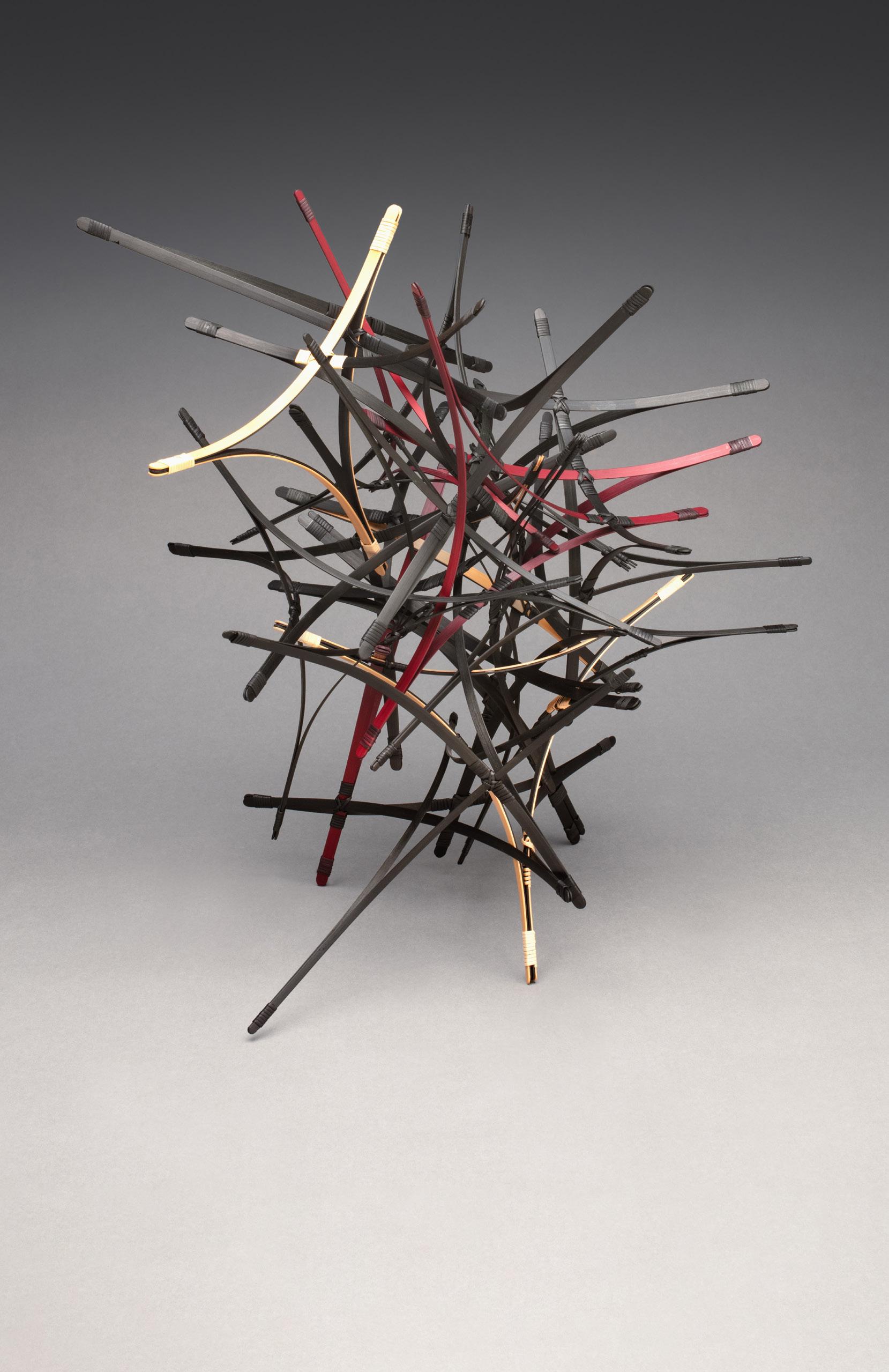
In 2012, when I visited TAI Gallery in Santa Fe for Honma Hideaki’s solo exhibition (at that time, I was still a student in the bamboo craft course), I decided that I wanted to return to this place for a solo or group exhibition of my own. It felt more like a resolution than a goal. Now, it has come to fruition in the form of a two-person exhibition with Watanabe Chiaki and myself.
This series was created out of the joy I felt the first time I tried weaving with the nawame-ami (twining or rope plaiting) technique. This series will be shown for the first time in this two-person exhibition. The works are inspired by images of plants branching out, evoking a sense of life. The name “duo” comes from the process of making the pieces, which begins with creating two separate woven bases, then joining them together, and finally splitting them into two branches.
“TRIANGULAR ARC” SERIES
I wanted to create a piece using assemblage, so I bent bamboo strips into arcs (in the opposite direction of the usual curve) and formed them into triangles, then combined 20 to 50 of these pieces into a single composition. The final form of the work is not predetermined. I decide on the general size and number of parts, but assemble them based on intuition and feeling, prioritizing the excitement and joy of the creation process.
“HEXAGON” SERIES
I rarely see pieces made using hemp leaf plaiting, so I thought using this technique would bring a fresh feeling to my compositions. Also, this type of weaving is perfectly suited for the hexagonal shapes used in these works. Later on, I incorporated yotsume ami (square plaiting) to increase the transparency of certain sections.
In terms of three-dimensional structures, these works are composed of several tetrahedrons (pyramids made of four triangles, with the points of the triangles cut off to form hexagons), which makes it easy to change the form of the work while maintaining its structural strength.
Compared to when I first started making bamboo art, I am now more focused on enjoying the creative process and the sense of excitement it brings. Works that are created with pleasure and fascination always seem to turn out better.
n Nakamura Tomonori
L ight Breeze , 2025, 18 × 16.5 × 14 inches
